Mozambique, other southern African countries, removed from UN ‘Hunger Hotspot’ list as ...
Reduced 2016 cereal production expected in central and southern Mozambique – FAO
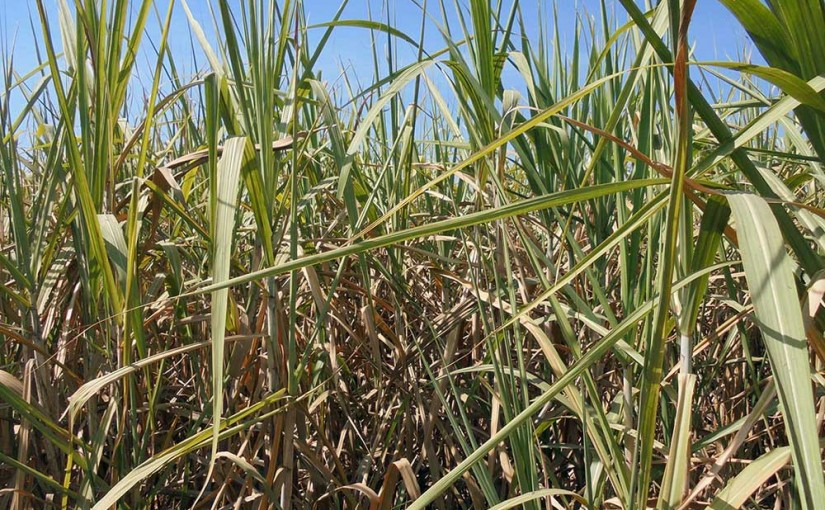
Further Africa (File photo)
Harvesting of the 2016 main season crops is underway and is expected to conclude in June. This year’s cereal production is preliminarily forecast at below average levels, mostly reflecting delayed and suppressed seasonal rains across southern and central provinces, which caused severely stressed crop conditions. An estimated 0.52 million hectares of crops (about 12 percent of the total planted areas) were lost due to the dry conditions in the main cereal‑producing provinces of Sofala, Tete (centre) and minor‑producing provinces of Inhambane, Gaza and Maputo (south), with many households forced to replant several times. In response, the Government activated an institutional red alert in the drought‑affected areas to expand interventions and boost the response’s funds. By contrast, generally good rains in the large‑producing northern provinces benefitted crop development, with vegetation indexes pointing to overall favourable conditions. As a result, average to good harvests are expected in the north, which could partly compensate for reduced outputs in the south and parts of the centre.
Furthermore, improved late seasonal rains in March and April in central areas, while unlikely to result in significant improvement to the main season crops, are expected to benefit pastures and create more conducive conditions for the minor secondary season crops (to be harvested from August), compared with early forecasts. Secondary season production is mainly practiced in low‑lying regions, where residual moisture is available, and with irrigation facilities.
Prices of maize driven higher by impact of regional drought
Maize prices are well above their year‑earlier levels, mostly driven by the drought‑reduced national and regional production prospects and the depreciation of the Metical against the US dollar and, recently, against the South African rand. The expected poor 2016 cereal outputs in the south and parts of the centre, as well as the high maize prices in South Africa, which add to imported inflation, are expected to maintain upward pressure, following an easing of prices immediately after the harvest period.
Drought conditions worsen food security
The expected poor harvests in the south and some central areas are expected to result in stressed food security conditions throughout 2016/17. A Government-led assessment in five of the most affected provinces (Tete, Manica, Sofala, Inhambane, Gaza and Maputo) and also including data from Zambezia Province, estimated that 1.5 million people are currently in need of humanitarian assistance. The assessment found that the majority of households that were surveyed did not have cereal stocks for consumption and, due to frequent replanting, have low seed supplies that might adversely affect their productive capacity for the secondary season and the subsequent 2017 main season. The Government and humanitarian community are responding to the current situation, providing agricultural support for livestock and horticulture production and food assistance to the most vulnerable households.


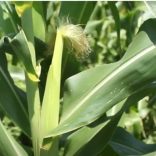

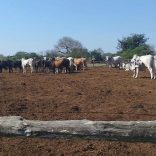
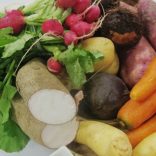

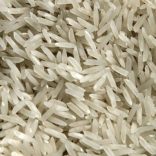





Leave a Reply
Be the First to Comment!
You must be logged in to post a comment.
You must be logged in to post a comment.